EDITORIAL
Published on 22 Oct 2021
Editorial: Meningioma: From Basic Research to Clinical Translational Study
doi 10.3389/fonc.2021.750690
- 1,916 views
- 3 citations
46k
Total downloads
214k
Total views and downloads
Select the journal/section where you want your idea to be submitted:
EDITORIAL
Published on 22 Oct 2021
ORIGINAL RESEARCH
Published on 15 Jul 2021
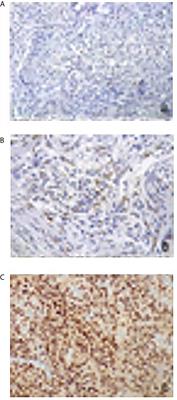
ORIGINAL RESEARCH
Published on 05 Mar 2021
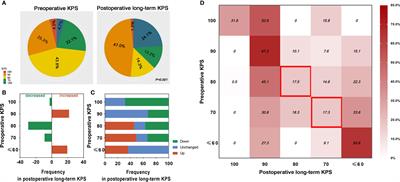
ORIGINAL RESEARCH
Published on 22 Jan 2021
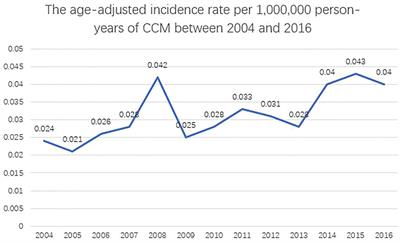
SYSTEMATIC REVIEW
Published on 15 Jan 2021
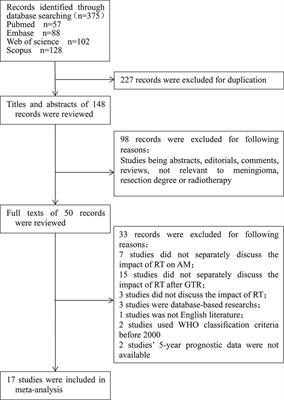
ORIGINAL RESEARCH
Published on 15 Jan 2021
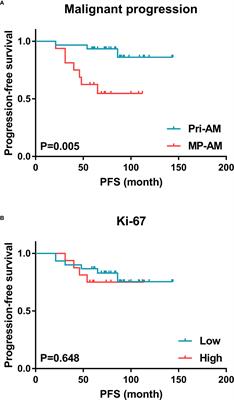
CORRECTION
Published on 14 Dec 2020
ORIGINAL RESEARCH
Published on 11 Dec 2020
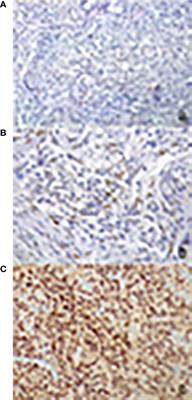
ORIGINAL RESEARCH
Published on 04 Dec 2020
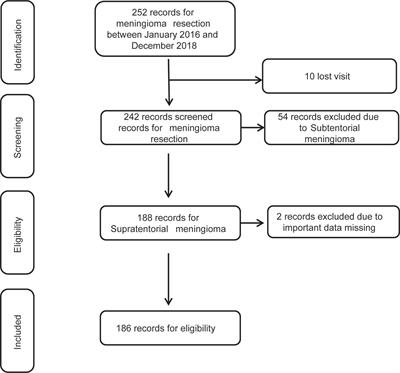
ORIGINAL RESEARCH
Published on 24 Nov 2020
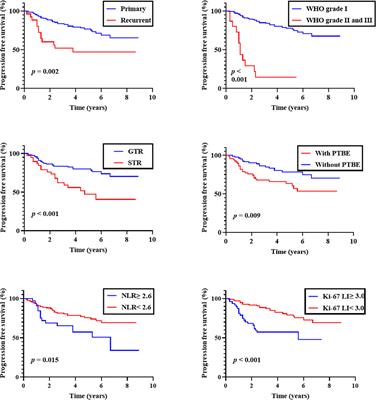
REVIEW
Published on 20 Nov 2020
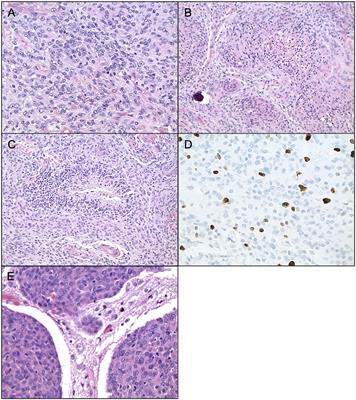
ORIGINAL RESEARCH
Published on 10 Nov 2020
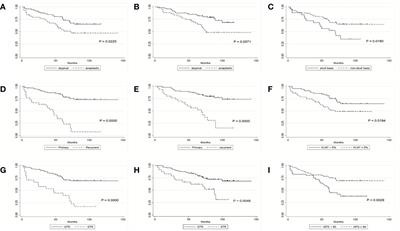
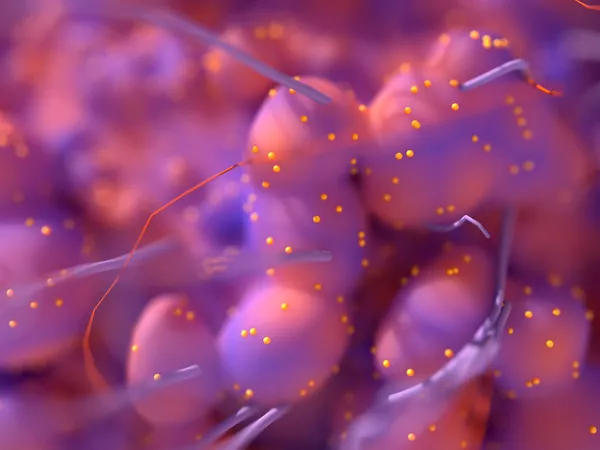
Frontiers in Neurology